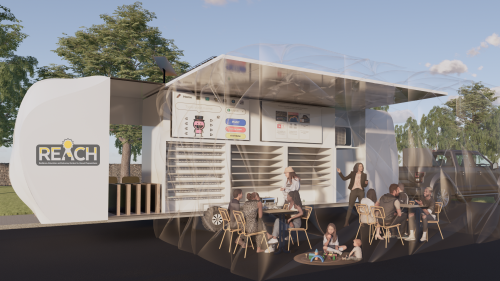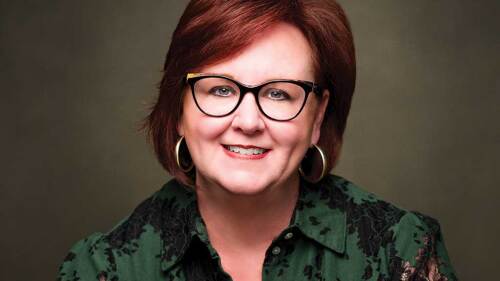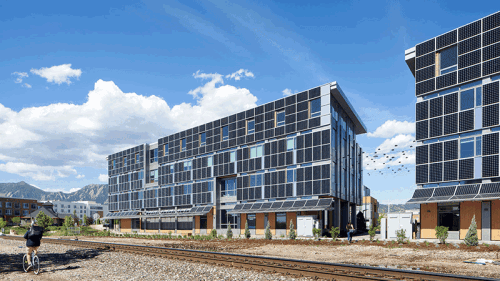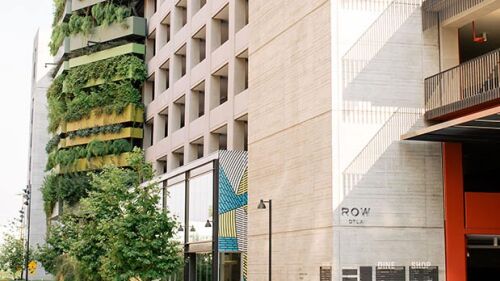Industry Voices
In late September 2019, 7,300 commuter students were settling into their routines at the University of Southern Maine (USM) in Portland, where the academic year had just begun. Then, at the end of the month, a fire main broke beneath the repurposed industrial building serving as the student center, flooding it with six inches of mud. City officials declared the building uninhabitable, leaving the school without a student center.
As California pushes toward a clean energy future, the city of San José has emerged as a leader in building electrification, offering valuable lessons for other cities nationwide. With residential buildings representing the largest source of natural gas use in the city, San José’s initiatives aim to reshape how these buildings are powered while prioritizing community needs, equity, and affordable housing. In 2022, ULI partnered with San Jose on an Advisory Services Panel (ASP) to inform this policy direction for multifamily buildings of all types. The aim of the ASP was to support the city in enabling property owners to step up their electrification retrofit efforts, encourage the adoption of on-site solar and batteries, and move the market forward.
Increasingly, such disasters as storms, wildfires, pandemics, and flooding are spurring cities across the United States to prioritize resiliency. Coastal communities throughout Florida know the urgency firsthand. From the Gulf of Mexico to the Atlantic Ocean, many Florida communities were isolated in 2024 when hurricanes and other weather-related events closed roads and cut off power. Our most vulnerable populations took an especially hard hit. Planners, academics, and community members are rethinking how to elevate their response and help communities become more resilient. Could one answer be on four wheels and a chassis?
Seasoned executive shares passion for the built environment
As the Fed began a series of rate hikes in 2022, the apartment market went from one of frenzied growth and optimism to a market characterized by decline, be it declining sales volume, declining occupancy, or declining values. As we near year’s end, stability and even positive momentum have begun to take hold, and there is good reason to expect them to carry into 2025 with the return of large, open-ended funds and an improved debt environment.
The outgoing global chair of the ULI has urged the real estate industry to collaborate rather than compete in the battle to decarbonize and be more proactive over information and knowledge-sharing, particularly to investors who are less well-capitalized. Peter Ballon, who is stepping down as global chair in July, told delegates at the ULI Europe conference in Madrid in June: “We want everybody to figure [decarbonization] out. This is not where we want to compete.
And, according to bestselling author, entrepreneur, and futurist, Martin Ford, who delivered the closing keynote address at the ULI Asia Pacific Summit 2023, artificial intelligence, or AI, will soon “touch, impact and influence” every aspect of our daily lives.
As part of the 2023 Net Zero Week, ULI Young Leaders share their excitement about a decarbonized future for the industry.
It’s been over a decade since the U.S. Energy Star Portfolio Manager benchmarking tool has updated its dataset for scoring energy and water performance of multifamily assets—and Fannie Mae has launched a survey to address that.
Americans are voraciously consuming digital content. The Consumer Technology Association estimates that consumers will spend $151 billion on technology services (the category for video, gaming, audio, and apps) in 2023, marking five consecutive years of growth. Entertainment companies are hurriedly working to meet this demand by ramping up television and film production.








